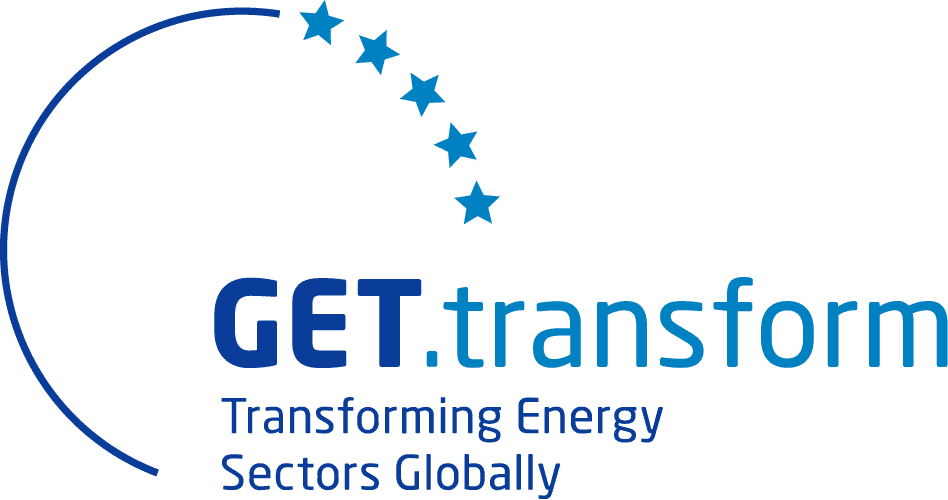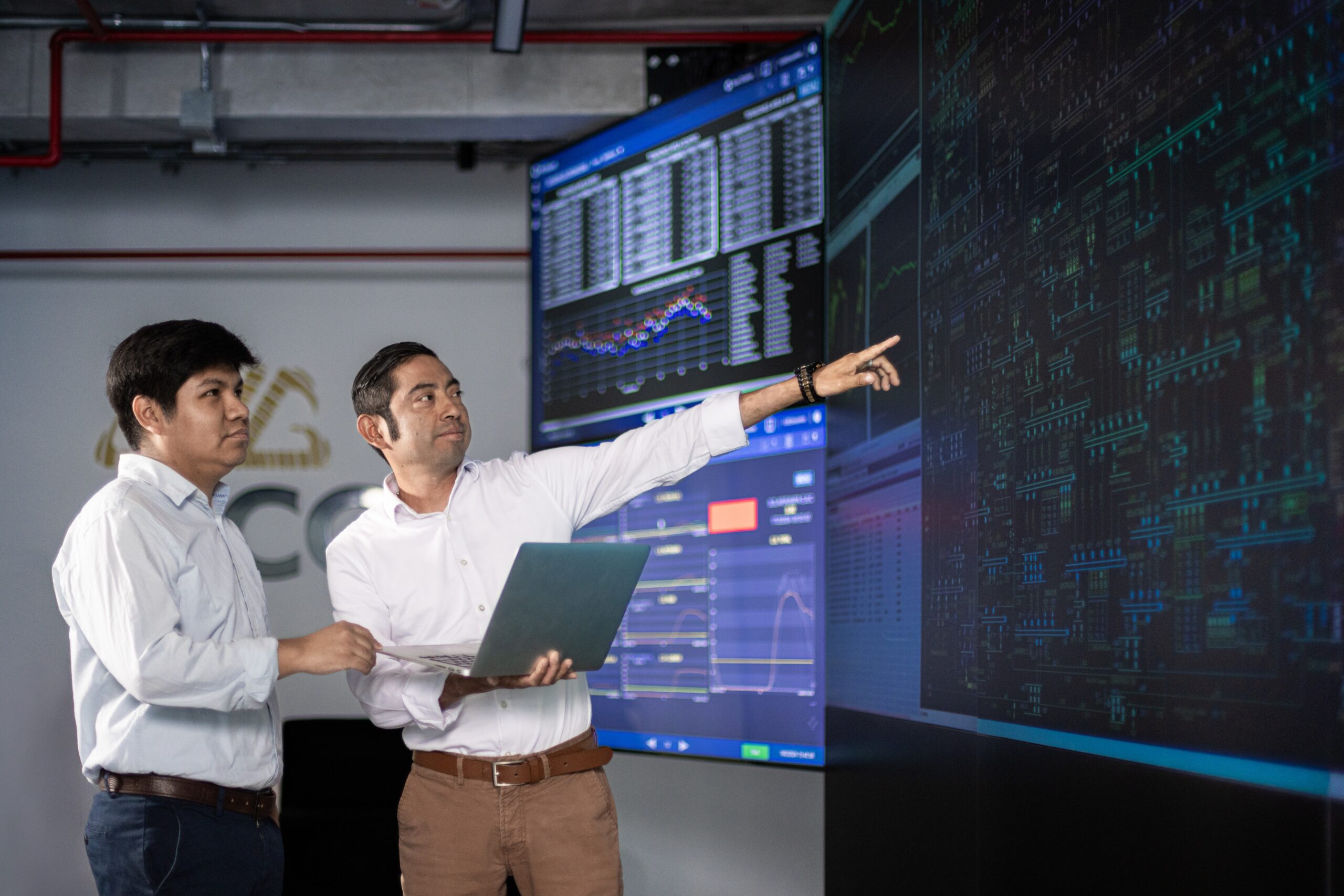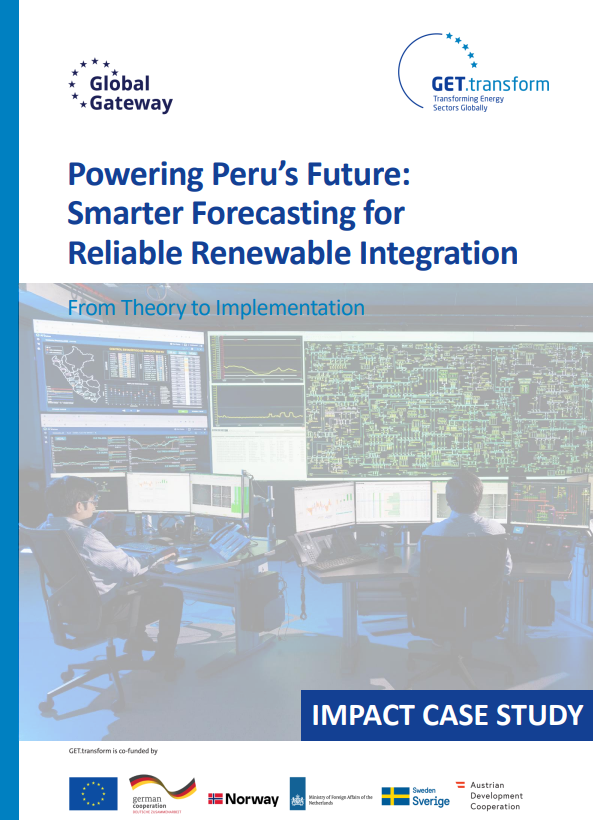Integrating renewables into the grid is not only about building solar panels or wind farms, it’s also about knowing how much electricity they will produce and when. Accurate forecasting makes this possible, thus ensuring the grid remains stable and reliable. In the latest of its Impact Case Studies, GET.transform sheds light on Peru’s impressive journey to improved variable renewable energy (vRE) forecasting and a future-ready grid.
For Peru, a country rich in solar and wind resources, the challenge of accurate generation prediction was particularly critical in view of the country’s goal of a 20% share of renewables in its electricity mix by 2030. But with more vRE feeding into the system, knowing the output in advance became harder and more important than ever.
Previously, Peru’s system operator, Comité de Operación Económica del Sistema (COES) relied mostly on forecasts submitted by individual plant operators. As vRE capacity grew, so did the need for more precisegeneration data to keep grid stability and balancing cost in check.
To address this, COES partnered with GET.transform to review Peru’s forecasting practices and regulations. The team produced a forecast brief summarising global best practices, technical requirements, and factors that influence prediction accuracy.
In 2023, these recommendations were put to the test through a pilot project covering 16 large wind and solar power plants. Using real time and historical data, the new system provided 30 minutes resolution forecasts, aggregated but also by individual plant and by region. Forecasting accuracy significantly improved enabling COES and other plant operators make better operational and commercial decisions. Following this pilot’s success, Peru then updated its technical regulation in early 2025 allowing COES to integrate improved forecasting into daily operations.
This achievement is now influencing neighbouring countries, with the same work having started in Panama and lessons being shared through regional platforms such as CIER and RELAC.



